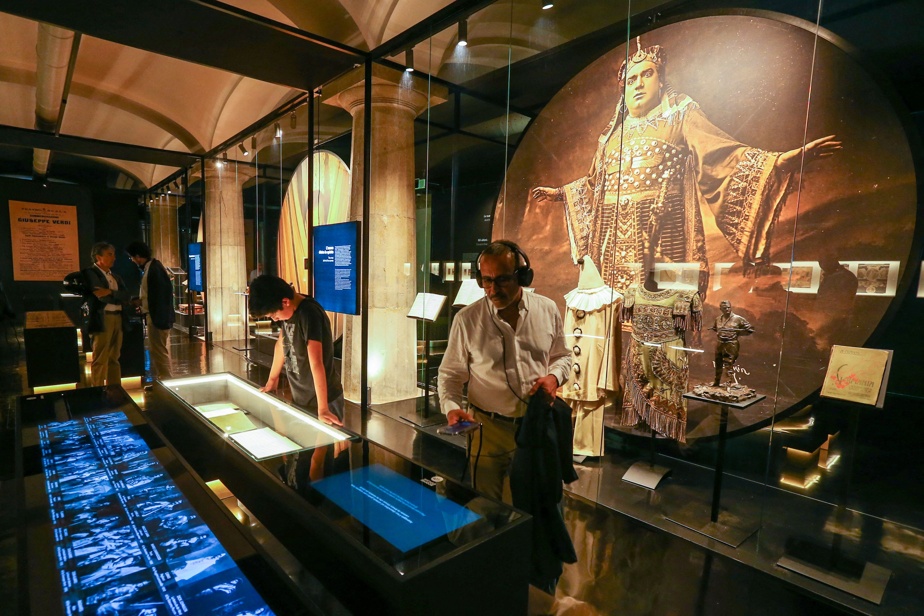(Naples) Un siècle et demi après sa naissance, le ténor italien et légende de l’opéra Enrico Caruso est enfin célébré par sa ville natale de Naples, qui lui consacre un nouveau musée.
Bien avant Luciano Pavarotti, c’est Caruso qui a représenté l’opéra italien dans le vaste monde, ouvrant le chemin de la musique accessible au plus grand nombre grâce à ses enregistrements prolifiques au moment de l’essor du gramophone.
Né en 1873, le ténor et sa carrière internationale ont désormais l’honneur d’un petit musée situé dans le Palais royal de Naples, inauguré mercredi.
« C’est le plus grand ténor que le monde ait connu », assure la conservatrice Laura Valente. « Car au-delà de son grand talent et de sa voix extraordinaire, il a inventé une nouvelle façon de chanter et de s’exprimer sur scène, en ce sens comme Maria Callas », explique-t-elle à l’AFP.
Au cours de sa vie, Caruso a donné près de deux mille concerts et réalisé près de 250 enregistrements, faisant de lui une vedette médiatique reconnue dans le monde entier. Ses tournées l’ont mené de Saint-Pétersbourg à Mexico, de Buenos Aires à New York.
« C’était un ténor du nouveau siècle. Il avait surtout compris que cette technologie [l’enregistrement audio] would not weaken her voice, but that she would make it known to the whole world. And this is its innovation,” explains Laura Valente.
The Museo Caruso’s multimedia collection, which includes old recordings, films, posters and photographs, exalts the talent and marketing acumen of the singer, whose voice has been described as “magical”, oscillating between that of a tenor and that of a baritone.
Admired by kings
“If this Neapolitan continues to sing like this, he will be talked about all over the world,” conductor Arturo Toscanini predicted of the young Caruso after one of the tenor’s first performances at La Scala in Milan.
He was right.
After a triumphant interpretation of The elixir of love in February 1901 at La Scala – which earned him two recalls – Caruso began touring the world, drawing crowds around the world.
Admired by kings and loved by the people, Caruso is the first singer to sell a million records. Nearly half of his performances were at the Metropolitan Opera in New York, where he sang for 18 consecutive seasons beginning in 1903.
Caruso represents a “positive image of Naples in the world,” Culture Minister Gennaro Sangiuliano, who attended the museum’s inauguration, told AFP.
Drawing from the archives of opera houses around the world, the Library of Congress and other institutions, the museum presents a small selection of the singer’s costumes, including that of his most famous role, Canio the Clown in Pagliacci.
Also featured are excerpts from a silent film Caruso made, his old gramophone, and even watercolors he painted by the sea.
Despite his global success, Caruso had a bittersweet relationship with his hometown. A cold reception and poor review following a performance at the Teatro San Carlo in 1901 caused the young singer to swear never to sing in Naples again.
He died there in 1921, at the age of 48.
